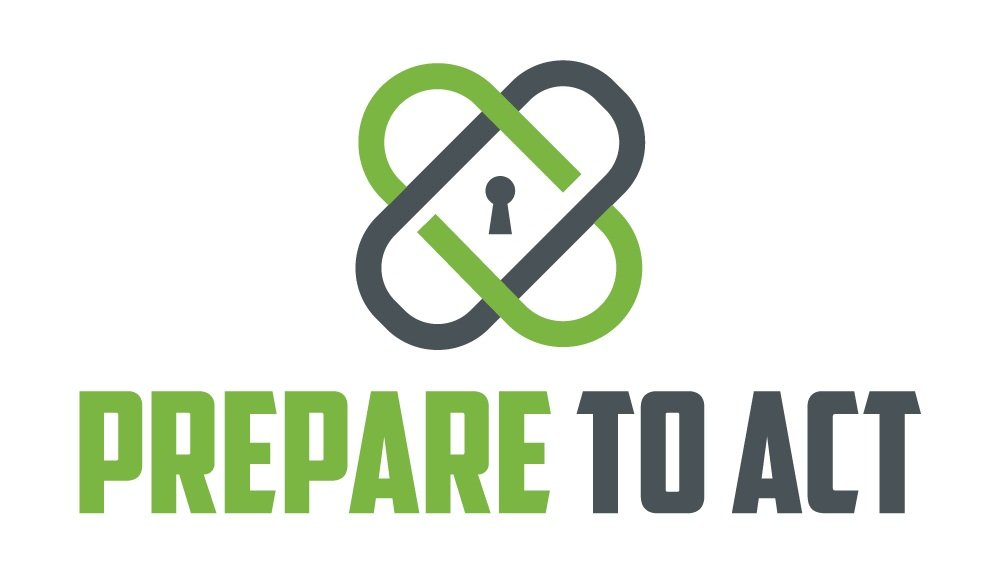Communication Strategies for Healthcare Workers: Preventing Violence in the Workplace
As a healthcare violence prevention expert, I've seen the importance of effective communication in preventing violent incidents. In this blog post, we will explore the significance of communication in healthcare violence prevention and share strategies and best practices for effective communication. Plus, we'll highlight the importance of self-care for first responders and healthcare workers, as well as the role of organizations like Scrubs & Beyond in empowering healthcare professionals to stay safe and healthy on the job.
Why is Communication Important in Healthcare Violence Prevention?
Effective communication is crucial in preventing violent incidents in healthcare for several reasons. Firstly, clear and open communication can help to establish trust and build positive relationships between healthcare providers and patients. Patients who feel that their concerns and needs are being listened to and addressed are less likely to become frustrated or aggressive.
Secondly, clear communication between colleagues can help to identify potential risk factors for violence and take action to address them before an incident occurs. For example, if a patient is known to have a history of violent behavior, this information should be clearly communicated to all healthcare providers who may interact with them.
Finally, effective communication with management can help to ensure that healthcare providers have the resources and support they need to prevent and manage violent incidents. For example, if a healthcare provider feels that they are not adequately trained or supported to handle a potentially violent situation, this should be communicated to management so that appropriate measures can be taken.
Strategies and Best Practices for Effective Communication in Healthcare Violence Prevention
Active listening: Active listening involves paying close attention to what the other person is saying, asking clarifying questions, and reflecting back on what has been said to ensure that you have understood correctly. This can help to establish trust and build positive relationships between healthcare providers and patients.
De-escalation techniques: De-escalation techniques involve using verbal and nonverbal communication to defuse potentially volatile situations. For example, speaking calmly, using non-confrontational body language, and acknowledging the other person's feelings and concerns can all help to prevent a situation from escalating.
Training and education: Training and education can help healthcare providers to develop the communication skills they need to prevent and manage violent incidents. This may include training in active listening, de-escalation techniques, and cultural sensitivity.
Reporting systems: Reporting systems can help to ensure that potential risk factors for violence are identified and addressed before an incident occurs. For example, if a healthcare provider notices that a patient is becoming increasingly agitated, they should report this to their colleagues and management so that appropriate action can be taken.
Ongoing communication: Ongoing communication between healthcare providers, patients, and management can help to ensure that everyone is on the same page when it comes to preventing and managing violent incidents. This may include regular team meetings, debriefings after incidents, and open lines of communication between healthcare providers and management.
The Importance of Self-Care and Empowering Healthcare Workers
It's essential for healthcare providers to prioritize their own self-care and well-being to ensure that they can continue to provide high-quality care to their patients. Self-care activities can help to reduce stress, improve mood, and enhance overall physical and emotional health. To learn more about the importance of self-care for first responders, check out our recent post on the topic.
In addition to promoting self-care, healthcare organizations can take other steps to empower healthcare professionals to stay safe and healthy on the job. One example is the Scrubs & Beyond "Safety Matters" program, which offers a range of products and resources to help healthcare workers protect themselves from workplace hazards. To learn more about the "Safety Matters" program and how it's empowering healthcare professionals to stay safe and healthy, visit our recent post.
In conclusion, effective communication is an essential component of preventing violent incidents in healthcare. By promoting self-care and providing resources and support to healthcare.
